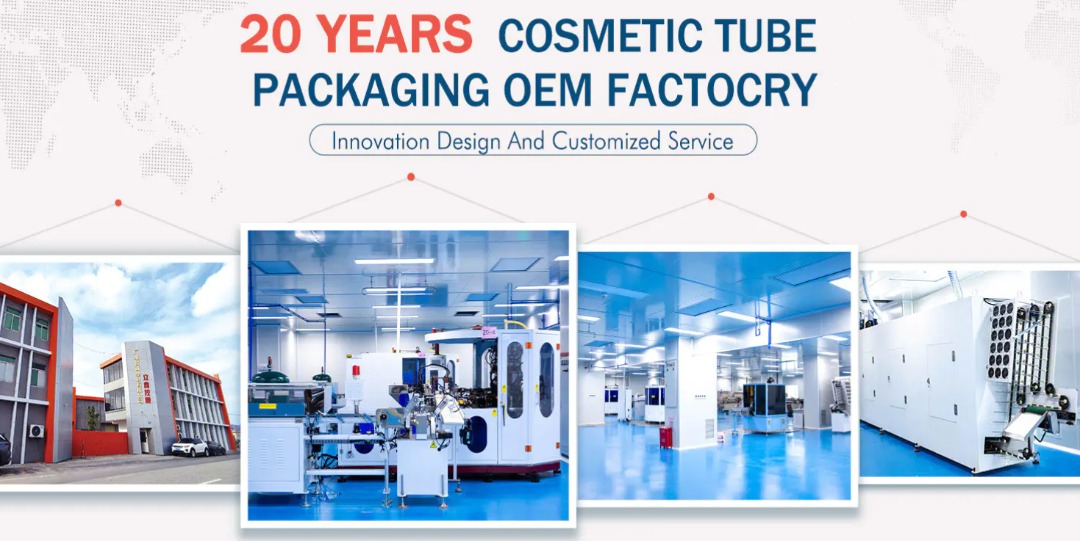Bio-PE is not the same as PCR (Post Consumer Resin). The two terms are often confused, but they are not interchangeable. Bio-PE is a form of virgin plastic that is derived from plant sources. It can be used for a variety of applications, including cosmetic packaging. PCR cosmetic tubes on the other hand, is a form of recycled plastic that is produced from post-consumer materials that have already been used and disposed of.
While post-consumer recycled (PCR) and bio-based (biobased) plastics share many similarities, there are key differences that set these two types of plastics apart. PCR and biobased plastics have both made an impact on the industry as environmental alternatives to virgin resins. They both offer competitive pricing, great performance, and a wide range of applications. In addition, PCR and PE cosmetic tubes provide a cost-effective replacement for virgin materials.
The post-consumer waste stream is littered with plastic. According to the EPA, only 8.4% of plastics were recycled in 2015. That same year, 31 million tons of plastic were generated and only 2.5 million tons were recycled. In an effort to reduce plastic waste, brands are turning to PE and PCR cosmetic tubes for new products.
In this article, we’ll look at the differences between Bio-PE and PCR plastic cosmetic tubes and whether or not one is better than the other.
PCR cosmetic tubes:
PCR cosmetic tubes are made from previously used plastic products that were collected at the end of their useful life. It can be collected through curbside recycling programs across the country or through other means like beach cleanups or drop off locations.
Benefits of using PCR cosmetic tubes:
There are many benefits to using recycled plastics in your packaging:
- PCR cosmetic tubes are incredibly valuable to the cosmetic industry because they reduce the need for new materials and decrease waste sent to landfills.
- They are also less expensive to produce than virgin plastic, which means cosmetic plastic tube suppliers can save money by choosing them for production.
- Additionally, because they are made from recycled materials, they require less energy to manufacture and emit fewer emissions during production than virgin plastics do.
- This translates into significant environmental benefits like lower carbon dioxide emissions and reduced greenhouse gasses in the atmosphere.
- It has the same properties as virgin material. Even after being recycled multiple times, the quality of PCR plastics remains high. This means that the plastic cosmetic tubes you manufacture using PCR plastics will be of premium quality.
- It offers outstanding environmental benefits. Recycling post-consumer plastics keeps them out of landfills and reduces the demand for virgin materials. This in turn reduces both air and water pollution. When you use PCR plastics to make your packaging, you also show your customers that you’re concerned about the environment.
- You can get it at a comparatively lower cost than Bio-PE.
PE cosmetic tube:
Bio-PE is a bioplastic made by fermenting sugars derived from plant products, including potato peels, corn stalks and sugarcane waste. These plants can be sustainably grown and harvested, making PE cosmetic tubes a greener option than traditional plastic ones. Although the production process is similar to that used to make traditional polyethylene plastic, bio-PE requires less energy and produces fewer greenhouse gasses.
Benefits of using PE cosmetic tube:
There are several benefits to using PE cosmetic tube over traditional plastic:
- It’s more environmentally friendly.
- Bio-PE can degrade within weeks or months in environments with high temperatures (such as compost piles) or longer in other environments. This means that PE cosmetic tubes won’t end up clogging landfills or contaminating oceans for centuries to come like traditional plastics do today.
- The primary benefit of using bio-based materials is that they do not require fossil fuels for manufacturing. Instead, they can be harvested from agricultural crops and other plants.
- It can be composted with other biodegradable materials such as food waste and paper, making it more environmentally friendly than traditional plastics.
- Can be recycled with low density polyethylene (LDPE) products that are not contaminated by food waste.
- If you’re concerned about environmental impact but don’t want to compromise on performance, then PE cosmetic tubes are a great option for your packaging needs.
- More environmentally friendly than traditional polyethylene plastic.
- Made from sustainable resources such as corn and sugarcane.
- 100% degradable in an active compost environment.









